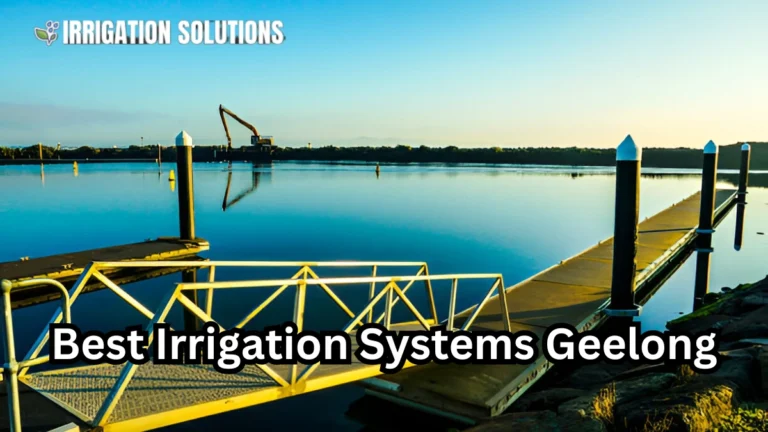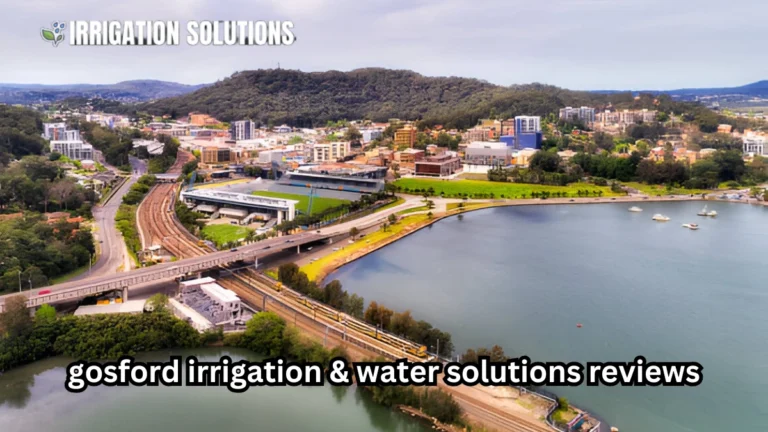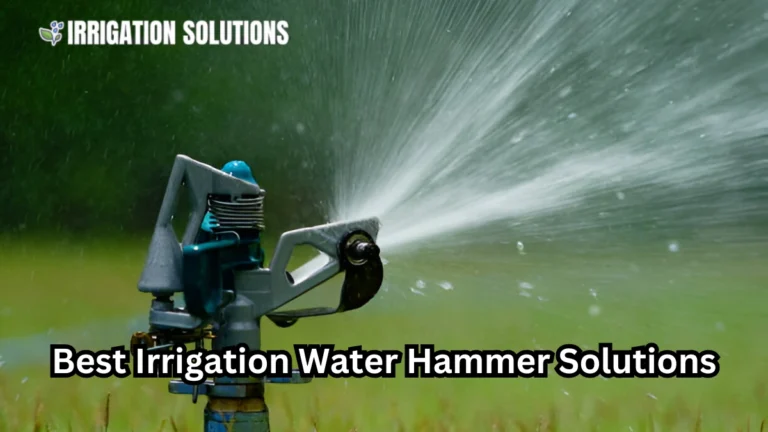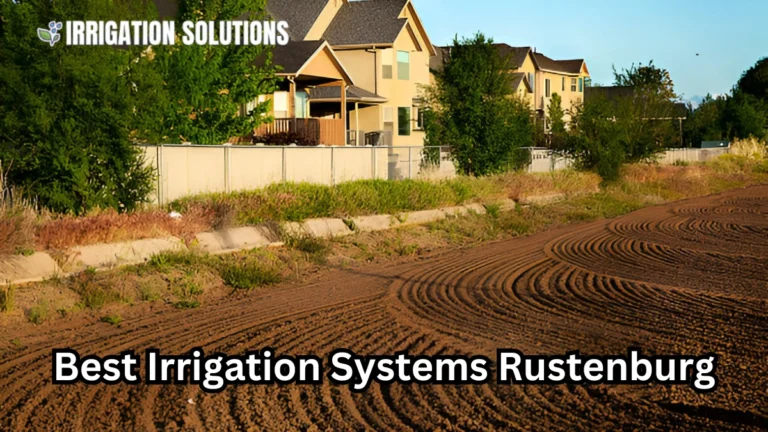top irrigation systems south africa
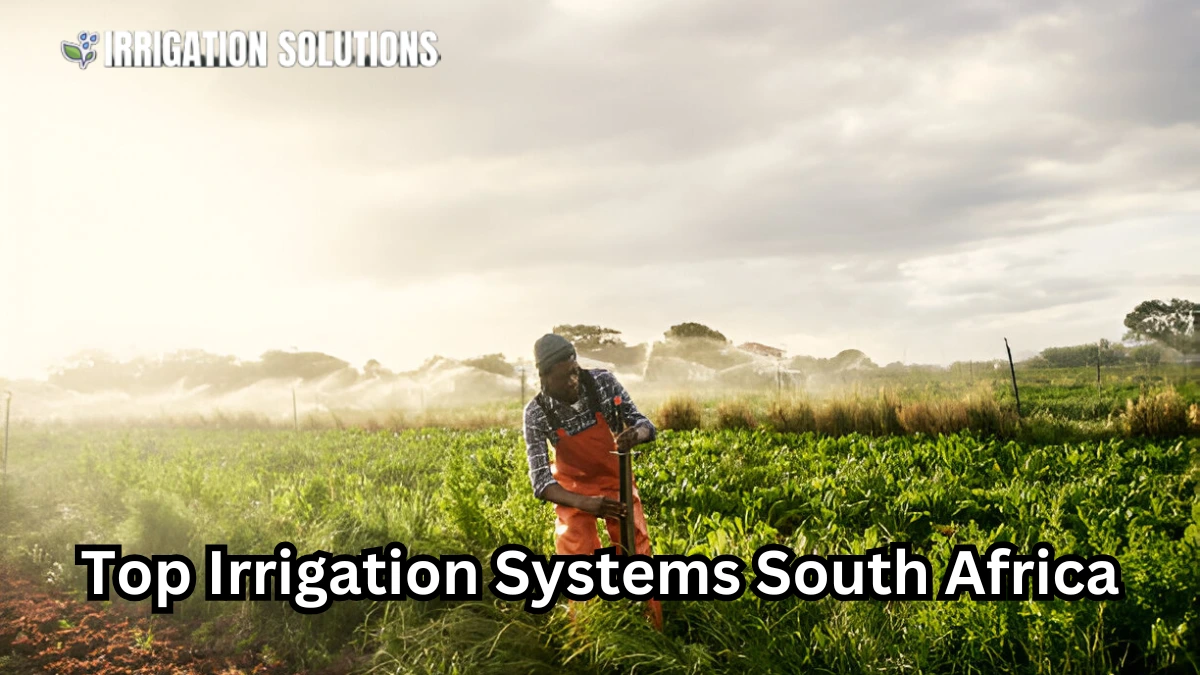
Irrigation plays a vital role in ensuring the sustainable growth of crops and vegetation, especially in regions where water scarcity is a concern. In South Africa, where climate variability and water shortages are significant issues, effective irrigation systems are not just essential they’re a lifeline. With agriculture being a crucial part of the country’s economy, understanding and implementing the right irrigation methods is key to improving yields, conserving water, and maximizing resource efficiency.
This guide will walk you through the different types of irrigation systems used in South Africa, their benefits, challenges, and how they contribute to agricultural success in the region.
The Importance of Irrigation in South Africa
South Africa’s agricultural sector relies heavily on irrigation, especially since much of the country is semi-arid. The importance of a consistent water supply for farming cannot be overstated. Here’s why irrigation is so vital:
- Water Scarcity: With only 9% of the country’s surface area receiving sufficient rainfall for rain fed agriculture, irrigation systems help ensure that crops can grow even in dry areas.
- Crop Yield Improvement: Irrigation ensures that crops receive a constant supply of water, leading to higher productivity and better-quality produce.
- Drought Mitigation: In the face of recurring droughts, irrigation systems help sustain crops and prevent total crop failure.
South Africa has made significant investments in irrigation infrastructure to enhance agricultural productivity. However, the choice of irrigation system is essential to ensure both sustainability and efficiency.
Types of Irrigation Systems in South Africa
In South Africa, several types of irrigation systems are employed depending on the crops, geography, and available water resources. Each method has its advantages, and choosing the right system is essential for achieving the best results. Below are the most commonly used systems:
Drip Irrigation
Drip irrigation is often considered the most efficient form of irrigation. It involves the slow and steady release of water directly to the plant roots through a network of pipes, tubing, and emitters. The water is delivered in precise amounts, reducing wastage and promoting healthier crops.
Key Benefits:
- Water Conservation: Drip irrigation uses up to 50% less water than traditional sprinkler systems, making it ideal for areas with water shortages.
- Reduced Weed Growth: Since water is delivered directly to the roots, the surrounding soil remains dry, reducing weed growth.
- Improved Crop Health: The consistent moisture levels around the roots improve plant growth and yield.
Sprinkler Irrigation
Sprinkler systems mimic natural rainfall by spraying water through a series of pipes and nozzles that distribute it evenly over the crops. Sprinkler systems can be fixed or mobile and are widely used for irrigating a variety of crops.
Key Benefits:
- Versatility: Sprinklers are suitable for a wide range of crops and terrain, including fields with undulating landscapes.
- Ease of Installation: These systems are relatively easy to set up and maintain.
- Even Coverage: Sprinklers can cover large areas, ensuring uniform water distribution.
Pivot Irrigation
Pivot irrigation is a type of sprinkler irrigation where a rotating pipe moves in a circular motion across the field. The rotating sprinkler heads spray water evenly on the crops. This system is commonly used in large-scale farming operations.
Key Benefits:
- High Efficiency: Pivot systems can cover vast areas quickly, making them ideal for large scale commercial farming.
- Reduced Labor Costs: Since pivot systems can be automated, they reduce the need for manual labor.
- Suitable for Large Fields: The system can efficiently irrigate expansive areas of land, making it popular in regions where farmland is large.
Flood Irrigation
Flood irrigation involves flooding fields with water, allowing the soil to absorb it over time. While it is one of the oldest and simplest forms of irrigation, it is becoming less common due to its inefficiency and water wastage.
Key Benefits:
- Low Initial Investment: Flood irrigation systems require minimal infrastructure and equipment.
- Simple to Operate: These systems are easy to manage, especially for small scale farmers.
However, flood irrigation has several downsides, such as the excessive use of water and the potential for soil erosion, which makes it less ideal in water scarce regions.
Subsurface Irrigation
In subsurface irrigation, water is applied below the surface of the soil, ensuring that the root zone is consistently hydrated without losing water to evaporation. This type of system is more expensive to install but is highly efficient in water usage.
Key Benefits:
- Water Conservation: Subsurface systems reduce evaporation loss, making them highly efficient in dry climates.
- Reduced Disease Risk: Since the water is applied underground, there is less risk of diseases associated with wet foliage.
- Improved Soil Structure: This method encourages deeper root growth, leading to healthier crops.
Key Considerations for Choosing the Right Irrigation System
Selecting the right irrigation system for a particular farm or crop is crucial to achieving optimal water use efficiency. Here are some key factors to consider:
Water Availability
The first factor to consider is the availability of water. South Africa’s varying rainfall patterns mean that some areas may face water scarcity, so choosing a system that conserves water while ensuring crops receive enough moisture is critical.
- High Water Demand: If you are growing water-intensive crops like vegetables or fruits, a more efficient system like drip irrigation may be necessary.
- Low Water Availability: If water resources are limited, consider a system with minimal water wastage, such as subsurface or drip irrigation.
Crop Type
Different crops have different water requirements. For example, row crops may benefit more from sprinkler or pivot systems, while high value crops like tomatoes and berries often require the precision of drip irrigation.
Cost and Maintenance
The initial cost of installation and ongoing maintenance should be factored into the decision. While drip and subsurface systems can be expensive, their water-saving benefits may offset the high costs in the long term. Sprinkler systems and pivot systems, while initially expensive, can cover large areas, making them suitable for large scale farmers.
Soil Type and Terrain
The type of soil and terrain also influence the choice of irrigation system. Sandy soils tend to drain water quickly, which means that frequent, shallow irrigation (like drip irrigation) may be necessary. Clay soils, on the other hand, retain water longer and may require less frequent irrigation.
Challenges in Implementing Irrigation Systems in South Africa
While irrigation systems offer numerous benefits, they also present challenges, especially in water-scarce countries like South Africa. Below are some of the primary challenges:
Water Shortages
South Africa’s water resources are limited, and much of the country’s water is already allocated for use in urban areas, industry, and agriculture. Farmers face the challenge of balancing the demand for water with the need for crop irrigation.
High Initial Costs
Installing modern irrigation systems like drip or subsurface irrigation can be costly, particularly for small scale farmers. The high cost of equipment and installation can discourage farmers from upgrading their irrigation methods.
Climate Change
The effects of climate change are becoming increasingly evident in South Africa. Farmers are experiencing more extreme weather events, such as droughts and floods, which can significantly impact irrigation needs. Climate change also makes it difficult to predict rainfall patterns, making water management more challenging.
Infrastructure and Maintenance
Proper maintenance of irrigation systems is essential to ensure their longevity and efficiency. However, maintaining sophisticated systems can be challenging due to the technical expertise required and the cost of repairs.
Case Studies: Successful Irrigation Projects in South Africa
Case Study 1: Drip Irrigation for Vegetable Farming in the Western Cape
In the Western Cape, farmers have been adopting drip irrigation to maximize water use efficiency in vegetable farming. With water scarcity being a significant concern, this system has allowed farmers to grow high value crops such as tomatoes, peppers, and lettuce while using less water.
Key Takeaways:
- Farmers reduced water consumption by up to 40% compared to traditional irrigation methods.
- The precision of drip irrigation led to healthier crops and higher yields.
- The initial investment in the system was offset by increased profits from higher quality produce.
Case Study 2: Pivot Irrigation in Free State
In the Free State, a large-scale maize farm adopted pivot irrigation to cover its expansive land. The system’s ability to rotate and water large areas allowed the farm to maintain consistent crop yields, even during periods of drought.
Key Takeaways:
- The pivot system increased efficiency by reducing labor costs and water wastage.
- The system was automated, which allowed the farm to operate with fewer staff and minimal intervention.
- Pivot irrigation significantly increased maize yields, contributing to the farm’s profitability.
Conclusion
Irrigation is an essential component of South Africa’s agricultural sector. With the right system in place, farmers can significantly improve crop yield, conserve water, and mitigate the risks posed by climate change and water scarcity. As the demand for sustainable farming practices continues to rise, understanding the various irrigation systems and choosing the most suitable one is more critical than ever.
Whether you’re a smallholder or managing a large farm, investing in an efficient irrigation system can lead to better resource management, healthier crops, and ultimately, a more prosperous farming operation.

